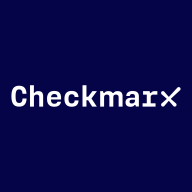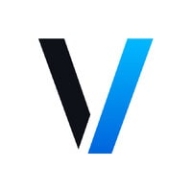

Find out in this report how the two Static Application Security Testing (SAST) solutions compare in terms of features, pricing, service and support, easy of deployment, and ROI.
| Product | Market Share (%) |
|---|---|
| Veracode | 6.9% |
| Checkmarx SAST | 1.4% |
| Other | 91.7% |


| Company Size | Count |
|---|---|
| Small Business | 69 |
| Midsize Enterprise | 43 |
| Large Enterprise | 112 |
Checkmarx SAST provides advanced static application security testing by identifying vulnerabilities in source code. It's ideal for ISOs, security professionals, and developers striving to secure applications during development.
Checkmarx SAST is known for its powerful code scanning capabilities that integrate seamlessly into existing development environments. It supports a wide range of programming languages, which makes it applicable for diverse development projects. Some users suggest improvements in the scan performance speed and enhanced support in handling false positives to further optimize workflow efficiency.
What are the standout features of Checkmarx SAST?Implemented across various industries, Checkmarx SAST supports sectors like finance, healthcare, and technology with their stringent security requirements. By integrating seamlessly into existing workflows, it ensures that applications remain secure while not disrupting industry-specific processes.
Veracode is a leading provider of application security solutions, offering tools to identify, mitigate, and prevent vulnerabilities across the software development lifecycle. Its cloud-based platform integrates security into DevOps workflows, helping organizations ensure that their code remains secure and compliant with industry standards.
Veracode supports multiple application security testing types, including static analysis (SAST), dynamic analysis (DAST), software composition analysis (SCA), and manual penetration testing. These tools are designed to help developers detect vulnerabilities early in development while maintaining speed in deployment. Veracode also emphasizes scalability, offering features for enterprises that manage a large number of applications across different teams. Its robust reporting and analytics capabilities allow organizations to continuously monitor their security posture and track progress toward remediation.
What are the key features of Veracode?
What benefits should users consider in Veracode reviews?
Veracode is widely adopted in industries like finance, healthcare, and government, where compliance and security are critical. It helps these organizations maintain strict security standards while enabling rapid development through its integration with Agile and DevOps methodologies.
Veracode helps businesses secure their applications efficiently, ensuring they can deliver safe and compliant software at scale.
We monitor all Static Application Security Testing (SAST) reviews to prevent fraudulent reviews and keep review quality high. We do not post reviews by company employees or direct competitors. We validate each review for authenticity via cross-reference with LinkedIn, and personal follow-up with the reviewer when necessary.